Slide viewer
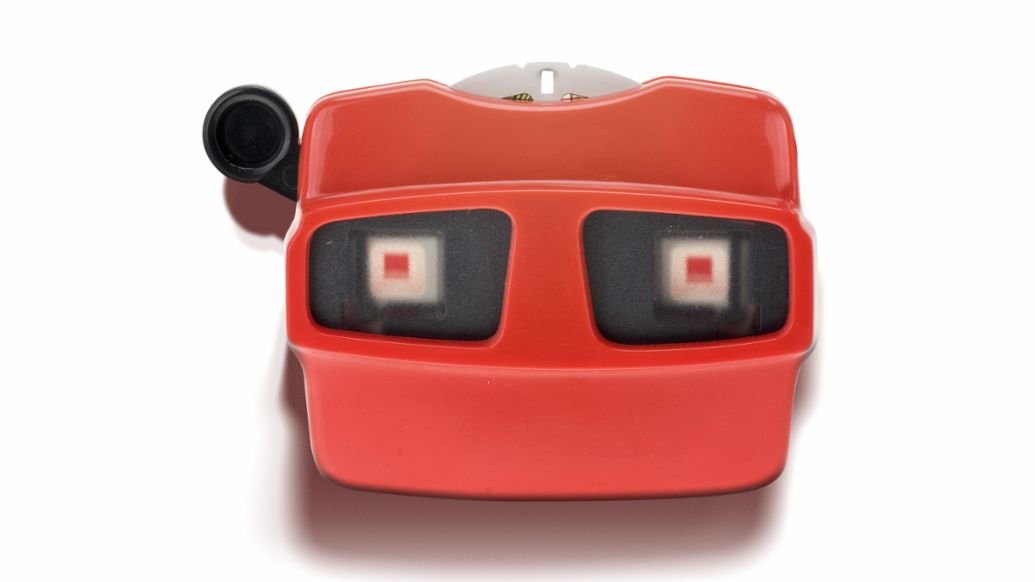
A new photo with every click. A new world with every slide. Also known as transparency viewers, these devices used daylight. They gave viewers a glimpse of famous cities, figures from fairy tales, and animals at the zoo.
Adding machine
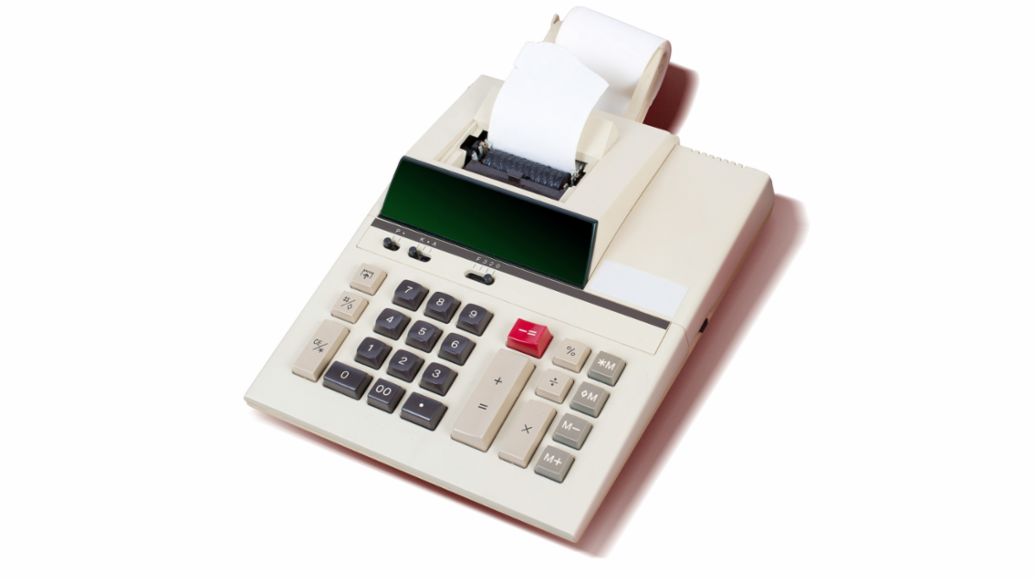
Some members of bookkeeping and controlling departments are still familiar with the monotonous clacking sound of these machines. You type in the numbers and tear off the paper strip of calculations. Adding machines used to do only basic types of arithmetic. Then they morphed into miniature computers. Electronic spreadsheets are now the more modern approach.
Encyclopedia
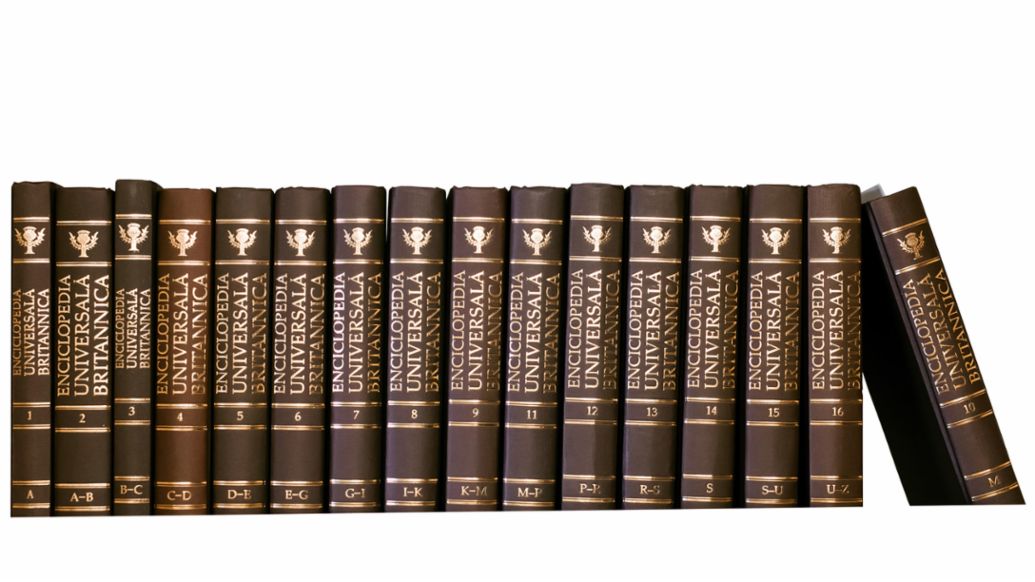
Looking up information in books instead of on Google—analogue research takes a little longer and can on occasion lead to somewhat outdated results. The thirty-two volumes of the Encyclopædia Britannica contain around 75,000 articles and 44 million words, and the printed version reflects the state of knowledge in 2010. The EB went completely digital in 2012.
Pneumatic tube mail
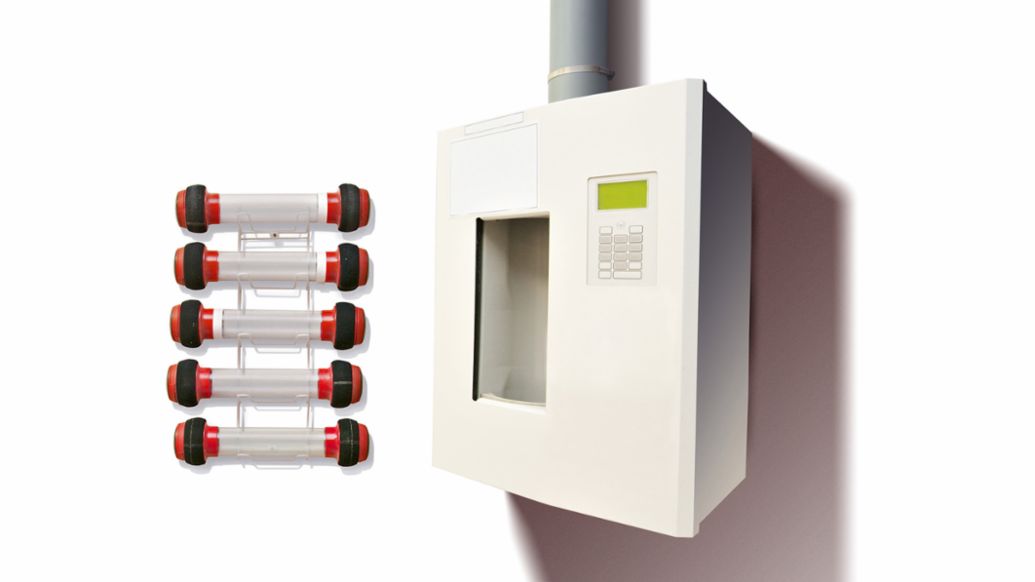
At first glance this mail delivery system looks old-fashioned, to say the least. But sometimes we want to send not only data but also objects. That can’t be done virtually, even in the digital age. These cylindrical containers are a charming alternative. They can be sent up, down, and across buildings by pressurized air in a system of tubes.
Cassette tape
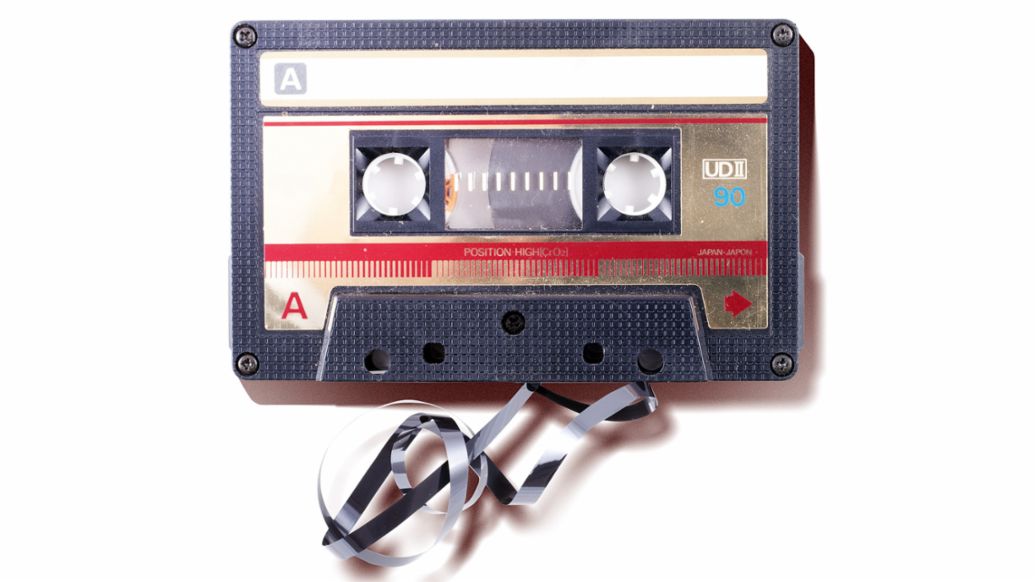
If the tape comes out of the cassette you can roll it back in with a pencil. Everyone from the cassette generation remembers doing that. These days cassette tapes have achieved cult status. Many people still treat themselves to an episode of The Three Investigators before falling asleep.
Jukebox
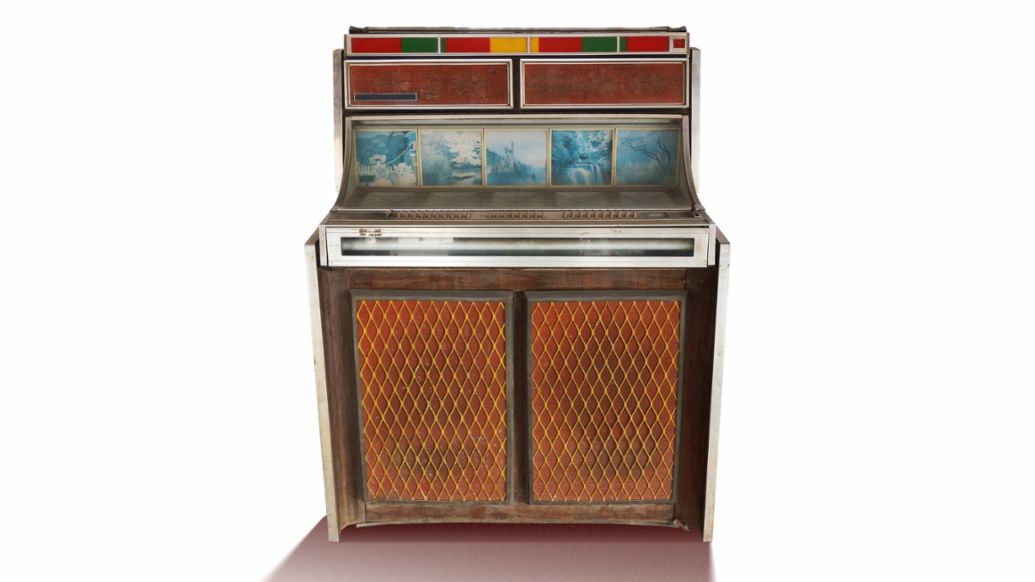
It’s not exactly the radio you’d want in a small apartment. But despite its size and comparably poor sound quality, the jukebox too has achieved cult status. Put a coin in the slot, push a stiff button, and watch with childlike pleasure as the record is loaded. Then step onto the dance floor, close your eyes, and bop to your heart’s content.




